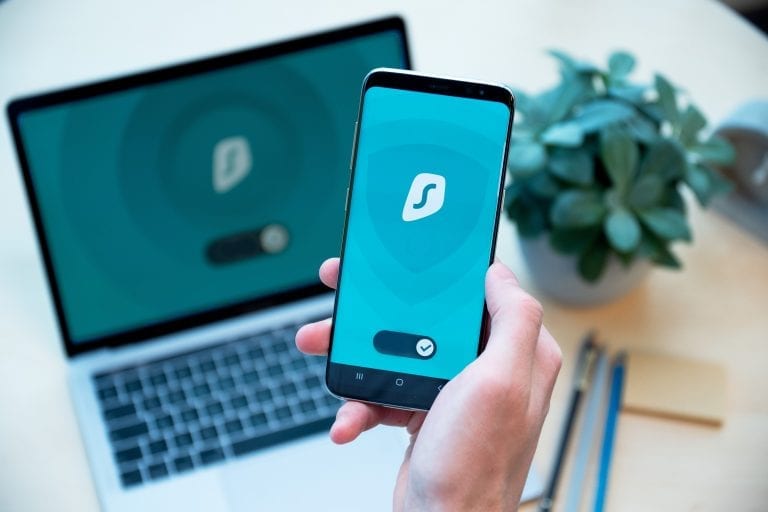As digital technologies are accelerating at an unprecedented speed, we often get confused with what is really new.
As a matter of fact, it is rare to see truly new and never seen before technologies. What we often see are evolved or derivative technologies, thus I have selected some interesting updated or relatively new technologies to share with you that can make both your job and life easier.
1. Language translation
Language translation services are now embedded in tools such as Microsoft Teams, OneNote, and Office applications for business users and students to use. Presenters using PowerPoint can have their voice display as subtitles in the language of their audience. Or, if you are someone who likes to travel to countries where you are bound to encounter people who do not speak your language, you too benefit from the advances in machine learning driven language translation technologies and apps such as Google and Microsoft Translate. Although not new, become smarter as more people use them. These apps translate text, real-time voice, and photos from many languages to many languages. Point your phone’s camera at a menu or road sign and see the words in your own language. Use Microsoft Translates conversation mode to have a group conversation where everyone sees text in their own language whether typed or spoken. These tools have saved me from ordering something really weird to eat while traveling in Europe!
2. Cortana digital assistant
When we as humans acquire new knowledge and learn new skills, we could say that we receive an upgrade or enhancement. Microsoft has recently upgraded its digital assistant, Cortana with skills in email, calendaring, and Windows. To communicate with “her”, you can type, send email, and speak your wishes. For calendaring, once you have Cortana (see https://calendar.help) on your team, you can CC her on an email to colleagues and she will negotiate with everyone for a workable time to meet and book the time in everyone’s calendars. For me, she finds a weekly “me” time slot of two hours to do whatever I need to. She also books a weekly 15-minute time slot for me to ‘catch up’ on stuff. If something changes for me, I just reply to Cortana and she’ll reschedule a meeting, often with alternative options. As Cortana demonstrates success, I will trust her with more of my calendaring need.
3. Create your own app
The rise of no-code and low-code app development is equipping citizen developers who can with relative ease create apps to automate their own work processes or to even build an intelligent chatbot. Apps such as Microsoft’s Power Apps, Automate, BI, and Virtual Agents make this possible for amateur developers. But, there are benefits for professional developers as well. A colleague of mine recently created an app to provide a super easy way of booking hot desks in the office for those of us without need of dedicated work spaces. He used Power Apps and Power Automate with a little API magic to quickly tackle this real business need. The human is free to focus on achieving the desired outcome with minimal effort and complexity.
4. Gain knowledge super power
Most people say “google it” when they want to find something, get an answer to a question, etc. As we all know, google is great at presenting many possible answers for us to sift through. Enter Wolfram Alpha (not new but amazing) and you have a tool that provides a single answer to your question. Its mission is to answer any question immediately and automatically using the accumulated knowledge of our entire civilization. Students of calculus will appreciate the step by step solution explanations. Interested in learning about physics, chemistry, famous people, places, or comparing country statistics? This tool handles it. Developers can add computational knowledge to their websites and apps. For example, Siri, Alexa, and tutoring systems tap into Wolfram Alpha to power conversations with people.
5. Powerful faces
Facial recognition that actually works, has snuck into our technology. I now open the lid and stare down my laptop to login. I raise my smartphone in front of my face and I’m in. I tap the VISA in my phone’s wallet, show my face, tap to pay, and money changes hands. I need to enter an app or website password, my Keeper app checks my face, and fills it in. Cloud services such as Microsoft Azure includes a Face API for app creators to detect, recognize, verify, and analyze human faces. We may see apps developed to detect ill or contagious people or people that are lying, based on facial actions and micro-expressions. Check out Facial Action Coding System and Microexpression on Wikipedia
6. How are you feeling?
New tools from Microsoft and IBM enable sentiment analysis and begin to humanize our relationships with technology. This means that apps can be developed to discover emotional context within text. Join this with voice to text and an app will uncover emotion as people speak. Incorporate this into a chatbot so that it behaves human-like and reacts appropriately to an upset customer. It is possible to create apps to analyze social media to reveal how a society is feeling at a point in time or to gage customer acceptance of a new product or a company brand.
7. A few gadgets for the geek in you
I am a coffee lover and if I had permission from “my boss”, I’d have to buy the Ember “smart” Mug controlled by smartphone to pre-set drink temperature, receive notifications and set the LED to indicate perfect temperature. You might want to pick up some wired bracelet earphones. Not saying I would buy these but they fashionably (a matter of opinion) wrap around your wrist and are available whenever you need them.
If you wish to learn more about these tools or apps, do not hesitate to reach out to me.



